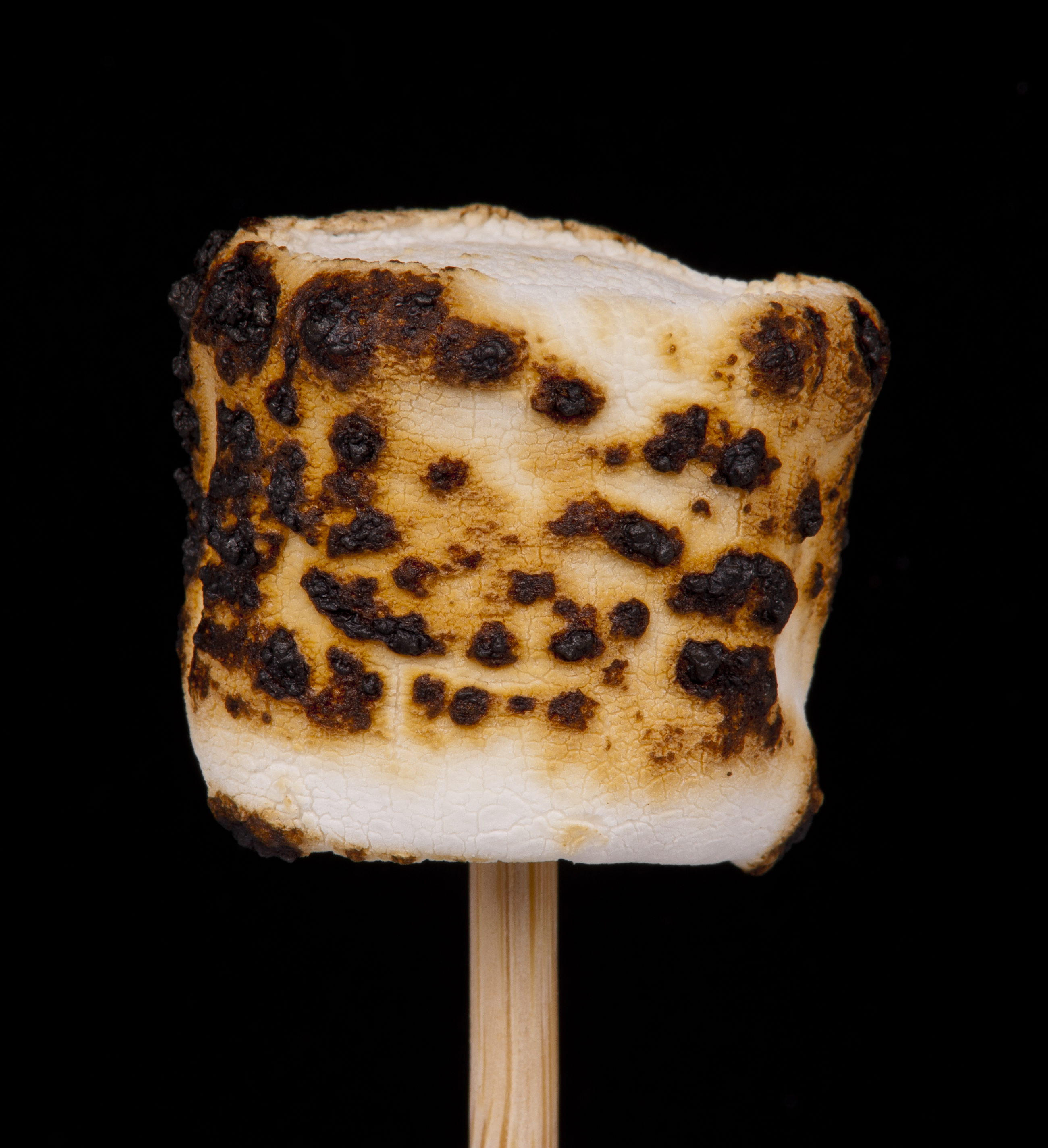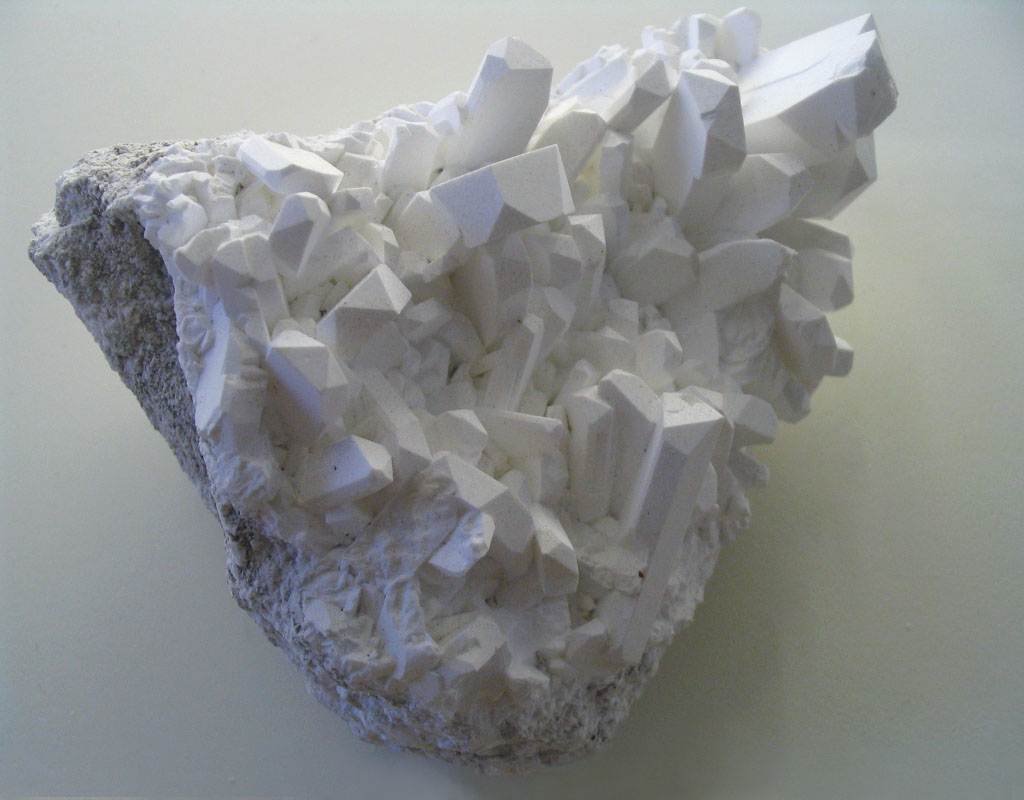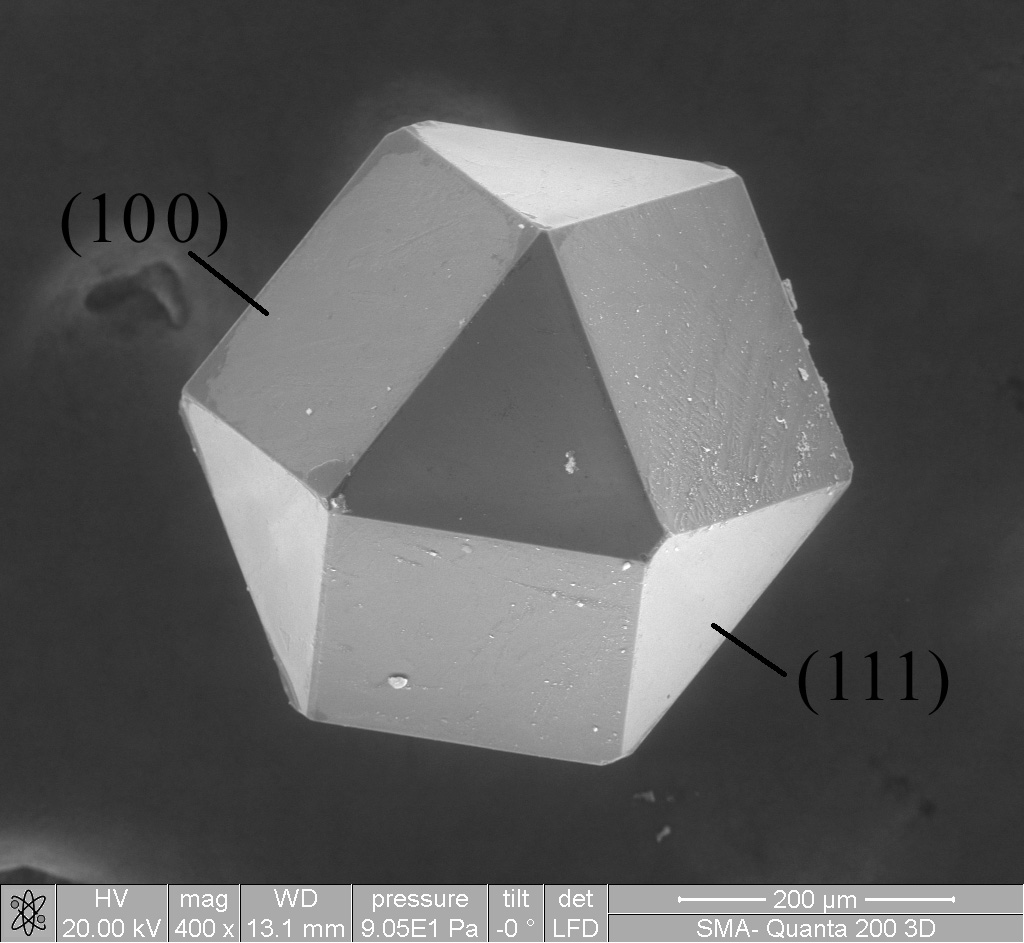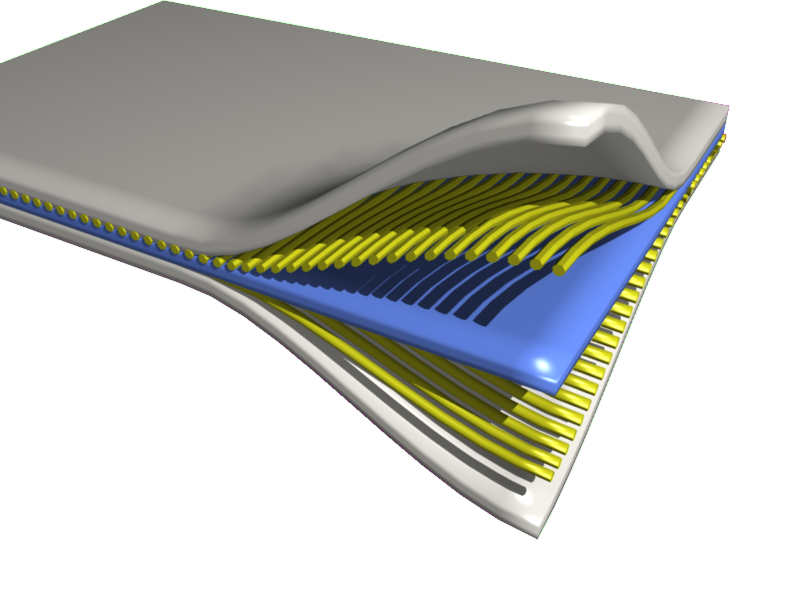|
Starlite
Starlite is an intumescent material that is claimed to be able to withstand and thermal insulation, insulate from extreme heat. It was invented by British hairdresser and amateur chemist Maurice Ward (1933–2011) during the 1970s and 1980s, and received significant publicity after coverage of the material aired in 1990 on the BBC science and technology show ''Tomorrow's World''. The name Starlite was coined by Ward's granddaughter Kimberly. The American company Thermashield, LLC, says it acquired the rights to Starlite in 2013 and replicated the material. Thermashield is the only company to have publicly demonstrated the technology and to have had samples tested by third parties, but subsequent investigations have concluded that the company's claims are unsubstantiated and that its evidence may have been faked. Properties Live demonstrations on ''Tomorrow's World'' and BBC Radio 4 showed that an egg coated in Starlite could remain raw and cold enough to be picked up with a bar ... [...More Info...] [...Related Items...] OR: [Wikipedia] [Google] [Baidu] |
Maurice Ward
Maurice Ward was a British inventor best known for his invention of Starlite, a thermal shielding material. He was a former hairdresser from Hartlepool, County Durham, England. Ward believed he should not sell his material directly or allow unsupervised research due to the potential for reverse engineering, and he maintained that he should keep 51% ownership of the formula for Starlite because he valued the material to be worth billions; this is believed to have stunted its commercial success. The formulation for Starlite, a technology which might have revolutionised the world of aerospace and materials science, may have been lost with his passing, although, he hinted during a radio talk show interview that his family might hold information relating to the invention. Starlite was reported to have been acquired by Thermashield, LLC from Ward's family in 2013. Biography Maurice Ward worked as a hairdresser during the 1960s, and he took pride in his work. He once said in an interv ... [...More Info...] [...Related Items...] OR: [Wikipedia] [Google] [Baidu] |
Intumescent Paint
An intumescent substance is one that swells as a result of heat exposure, leading to an increase in volume and decrease in density. Intumescence refers to the process of swelling. Intumescent materials are typically used in passive fire protection and require listing, approval, and compliance in their installed configurations in order to comply with the national building codes and laws. The details for individual building parts are specified in technical standards which are compiled and published by national or international standardization bodies like the British Standards Institute (BSI), the German Institute for Standardization (DIN), the American Society for Testing and Materials (ASTM) or the International Organization for Standardization (ISO). Intumescent coatings for steel constructions must be approved in standardized fire tests. Types Soft char These intumescent materials produce a light char which is a poor conductor of heat, thus retarding heat transfer. Typically ... [...More Info...] [...Related Items...] OR: [Wikipedia] [Google] [Baidu] |
Tomorrow's World
''Tomorrow's World'' is a British television series about contemporary developments in science and technology. First broadcast on 7 July 1965 on BBC1, it ran for 38 years until it was cancelled at the beginning of 2003. The ''Tomorrow's World'' title was revived in 2017 as an umbrella brand for BBC science programming. Content ''Tomorrow's World'' was created by Glyn Jones to fill a half-hour slot in the 1965 BBC summer schedule. Jones and his wife conceived the show's name the night before the ''Radio Times'' went to press. In its early days the show was edited by Max Morgan-Witts and hosted by veteran broadcaster and former Spitfire pilot Raymond Baxter. For some years it had an instrumental theme tune composed and performed by John Dankworth. During the 1970s the programme attracted 10 million viewers per week. The programme was usually broadcast live, and as a result saw the occasional failure of its technology demonstrations. For example, during a demonstration of a ... [...More Info...] [...Related Items...] OR: [Wikipedia] [Google] [Baidu] |
The Daily Telegraph
''The Daily Telegraph'', known online and elsewhere as ''The Telegraph'', is a British daily broadsheet conservative newspaper published in London by Telegraph Media Group and distributed in the United Kingdom and internationally. It was founded by Arthur B. Sleigh in 1855 as ''The Daily Telegraph and Courier''. ''The Telegraph'' is considered a newspaper of record in the UK. The paper's motto, "Was, is, and will be", was included in its emblem which was used for over a century starting in 1858. In 2013, ''The Daily Telegraph'' and ''The Sunday Telegraph'', which started in 1961, were merged, although the latter retains its own editor. It is politically conservative and supports the Conservative Party (UK), Conservative Party. It was moderately Liberalism, liberal politically before the late 1870s.Dictionary of Nineteenth Century Journalismp 159 ''The Telegraph'' has had a number of news scoops, including the outbreak of World War II by rookie reporter Clare Hollingworth, desc ... [...More Info...] [...Related Items...] OR: [Wikipedia] [Google] [Baidu] |
Ceramic
A ceramic is any of the various hard, brittle, heat-resistant, and corrosion-resistant materials made by shaping and then firing an inorganic, nonmetallic material, such as clay, at a high temperature. Common examples are earthenware, porcelain, and brick. The earliest ceramics made by humans were fired clay bricks used for building house walls and other structures. Other pottery objects such as pots, vessels, vases and figurines were made from clay, either by itself or mixed with other materials like silica, hardened by sintering in fire. Later, ceramics were glazed and fired to create smooth, colored surfaces, decreasing porosity through the use of glassy, amorphous ceramic coatings on top of the crystalline ceramic substrates. Ceramics now include domestic, industrial, and building products, as well as a wide range of materials developed for use in advanced ceramic engineering, such as semiconductors. The word '' ceramic'' comes from the Ancient Greek word (), meaning ... [...More Info...] [...Related Items...] OR: [Wikipedia] [Google] [Baidu] |
Borate
A borate is any of a range of boron oxyanions, anions containing boron and oxygen, such as orthoborate , metaborate , or tetraborate ; or any salt of such anions, such as sodium metaborate, and borax . The name also refers to esters of such anions, such as trimethyl borate . Natural occurrence Borate ions occur, alone or with other anions, in many borate and borosilicate minerals such as borax, boracite, ulexite (boronatrocalcite) and colemanite. Borates also occur in seawater, contributing to the absorption of low-frequency sound in seawater. Common borate salts include sodium metaborate (NaBO2) and borax. Borax is soluble in water, so mineral deposits only occur in places with very low rainfall. Extensive deposits were found in Death Valley and shipped with twenty-mule teams from 1883 to 1889. In 1925, deposits were found at Boron, California on the edge of the Mojave Desert. The Atacama Desert in Chile also contains mineable borate concentrations. Borates ... [...More Info...] [...Related Items...] OR: [Wikipedia] [Google] [Baidu] |
Materials Scientist
Materials science is an interdisciplinary field of researching and discovering materials. Materials engineering is an engineering field of finding uses for materials in other fields and industries. The intellectual origins of materials science stem from the Age of Enlightenment, when researchers began to use analytical thinking from chemistry, physics, and engineering to understand ancient, phenomenological observations in metallurgy and mineralogy. Materials science still incorporates elements of physics, chemistry, and engineering. As such, the field was long considered by academic institutions as a sub-field of these related fields. Beginning in the 1940s, materials science began to be more widely recognized as a specific and distinct field of science and engineering, and major technical universities around the world created dedicated schools for its study. Materials scientists emphasize understanding how the history of a material (''processing'') influences its structure ... [...More Info...] [...Related Items...] OR: [Wikipedia] [Google] [Baidu] |
Organic Polymer
A polymer () is a substance or material that consists of very large molecules, or macromolecules, that are constituted by many repeating subunits derived from one or more species of monomers. Due to their broad spectrum of properties, both synthetic and natural polymers play essential and ubiquitous roles in everyday life. Polymers range from familiar synthetic plastics such as polystyrene to natural biopolymers such as DNA and proteins that are fundamental to biological structure and function. Polymers, both natural and synthetic, are created via polymerization of many small molecules, known as monomers. Their consequently large molecular mass, relative to small molecule compounds, produces unique physical properties including toughness, high elasticity, viscoelasticity, and a tendency to form amorphous and semicrystalline structures rather than crystals. Polymers are studied in the fields of polymer science (which includes polymer chemistry and polymer physics), biop ... [...More Info...] [...Related Items...] OR: [Wikipedia] [Google] [Baidu] |
Chief Scientific Adviser To The Ministry Of Defence
The Chief Scientific Adviser to the UK's Ministry of Defence (United Kingdom), Ministry of Defence is responsible for providing strategic management of science and technology issues in the MOD, most directly through the MOD research budget of well over £1 billion, and sits as a full member of the Defence Management Board and the Defence Council of the United Kingdom, Defence Council, the two most senior management boards within the MOD. There is also a Chief Scientific Adviser (Nuclear), responsible for the MOD’s nuclear science and technology programme, currently held by Professor Bill Lee. List of MOD Chief Scientific Advisers * Sir Henry Tizard, 1946–1952 * Sir John Cockcroft, 1952–1954 * Sir Frederick Brundrett, 1954–1960 * Sir Solly Zuckerman, 1960–1965 * Sir Alan Cottrell, 1966–1967 * Sir William Cook (scientist), William Cook, 1966–1970 * Sir Hermann Bondi, 1971–1977 * Sir Ronald Mason (chemist), Ronald Mason, 1977–1983 * Sir Richard Norman (chemist), Rich ... [...More Info...] [...Related Items...] OR: [Wikipedia] [Google] [Baidu] |
Composite Materials
A composite or composite material (also composition material) is a material which is produced from two or more constituent materials. These constituent materials have notably dissimilar chemical or physical properties and are merged to create a material with properties unlike the individual elements. Within the finished structure, the individual elements remain separate and distinct, distinguishing composites from mixtures and solid solutions. Composite materials with more than one distinct layer are called ''composite laminates''. Typical engineered composite materials are made up of a binding agent forming the ''matrix'' and a Filler (materials), filler material (particulates or fibres) giving ''substance'', e.g.: * Concrete, reinforced concrete and masonry with cement, lime or Mortar (masonry), mortar (which is itself a composite material) as a binder * Composite wood such as glulam and plywood with wood glue as a binder * Reinforced plastics, such as fiberglass and fibre-rein ... [...More Info...] [...Related Items...] OR: [Wikipedia] [Google] [Baidu] |






